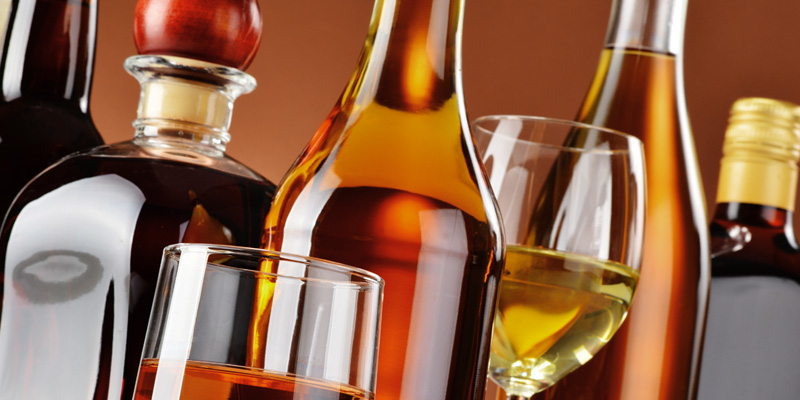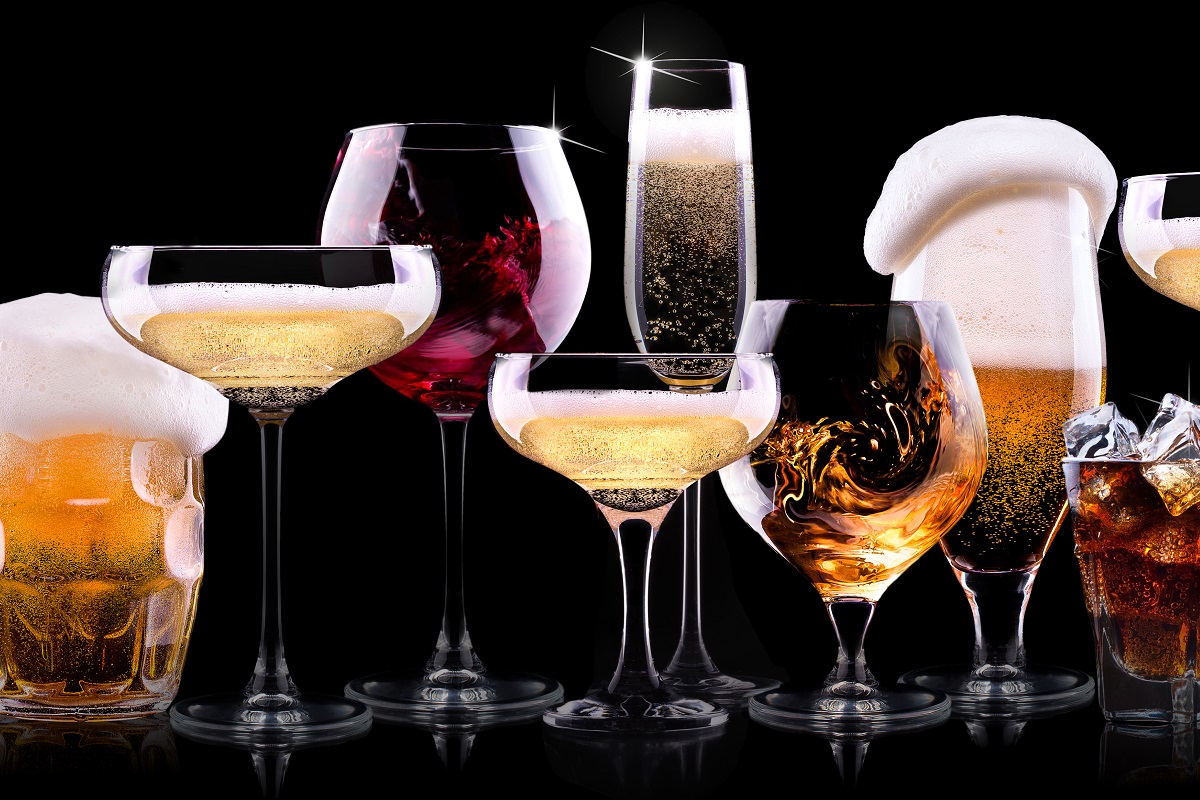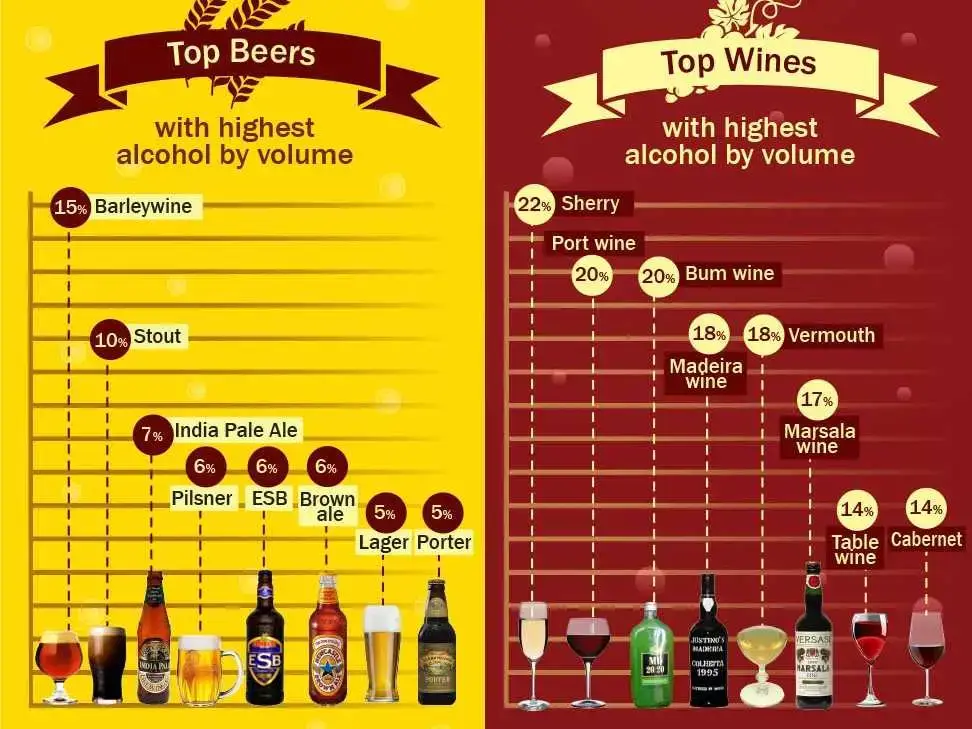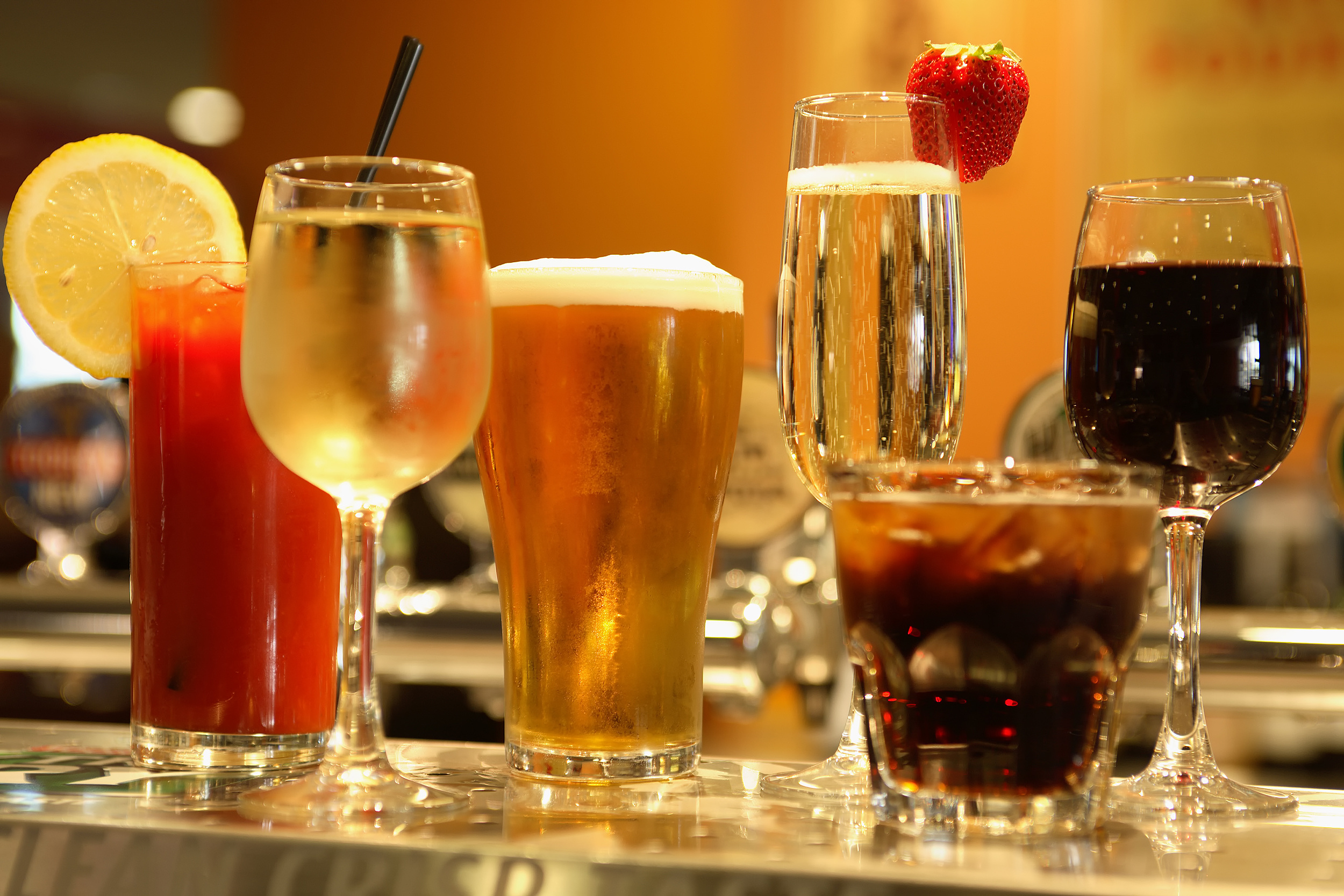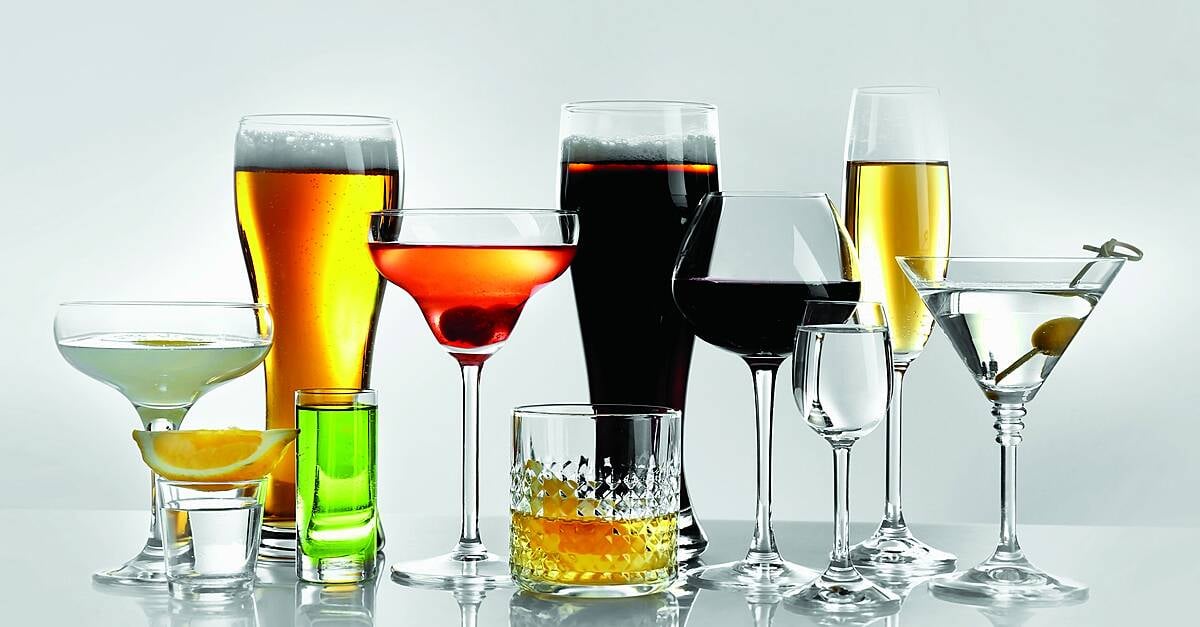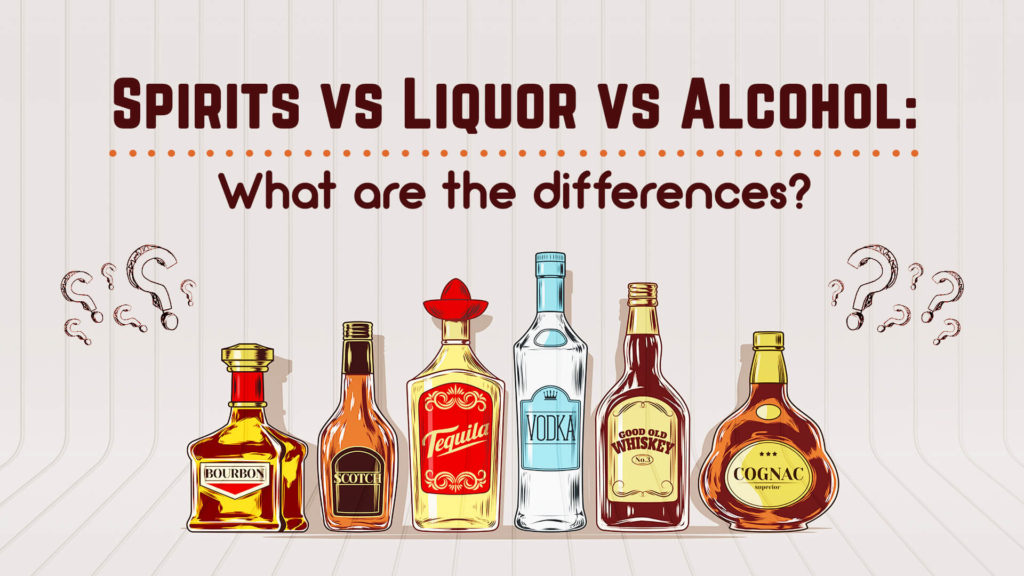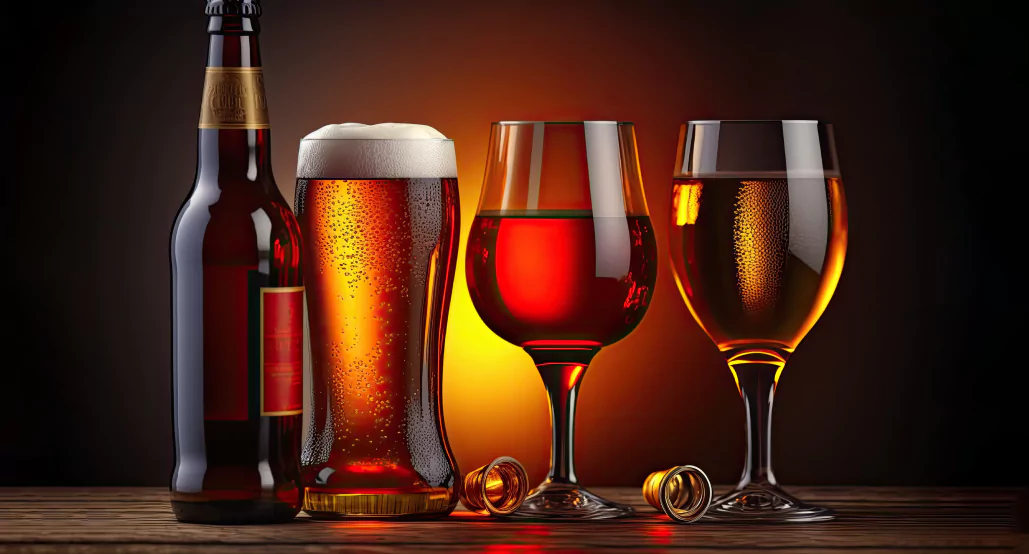Spirits Differ From Wine And Beer In That They Are
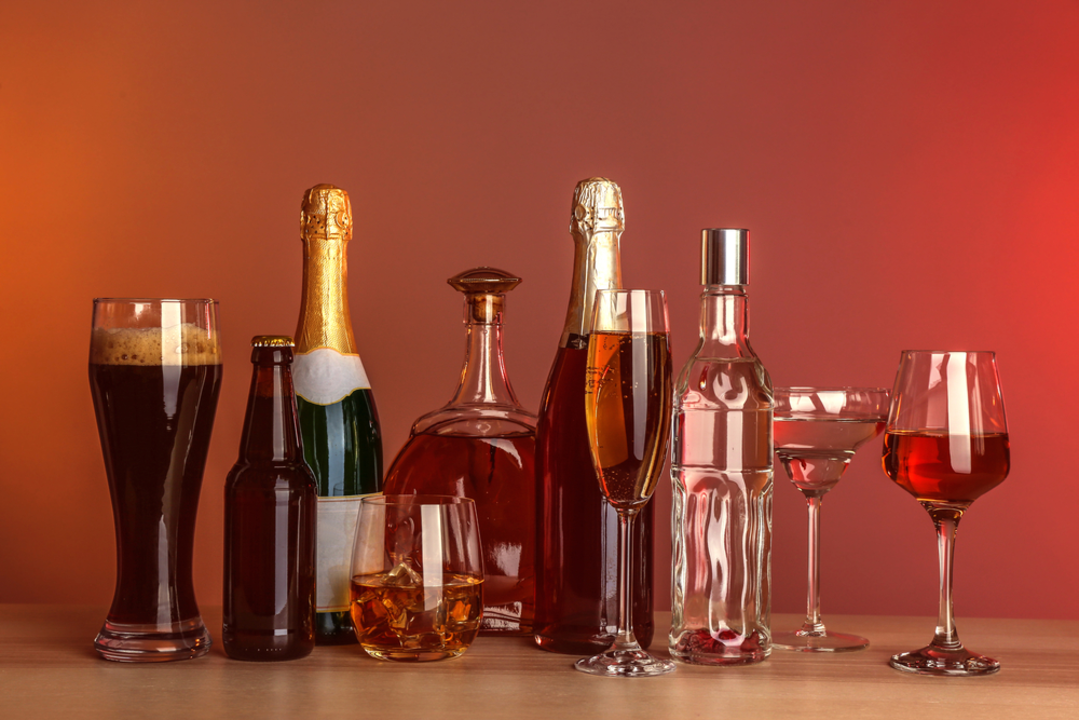
Imagine the clinking of glasses on a warm summer evening, the amber hues of liquid catching the light. Whether it's a crisp Sauvignon Blanc, a hoppy IPA, or the smooth burn of aged whiskey, these beverages each offer a unique sensory experience. But beyond the simple act of enjoyment, lies a fundamental difference in how these drinks are made, a difference that sets spirits apart from their fermented cousins, wine and beer.
At their core, spirits distinguish themselves from wine and beer through the process of distillation. This process, which involves heating an already fermented liquid and collecting the alcohol vapors, concentrates the alcohol content and creates a distinct flavor profile, a profile often defined by the base ingredient and the nuances of aging.
The Fermentation Foundation
Both wine and beer begin with fermentation, a natural process where yeast consumes sugars and produces alcohol and carbon dioxide. Wine relies on the sugars found in grapes, while beer extracts sugars from grains like barley, wheat, or rice.
The complexity of wine arises from the variety of grapes, the terroir where they are grown, and the winemaking techniques employed. Similarly, beer's character is shaped by the types of grains used, the hop varieties added for bitterness and aroma, and the specific yeast strains employed during fermentation.
From Fermentation to Distillation: The Spirit's Journey
Spirits, however, take a step further. After fermentation, the resulting liquid undergoes distillation. This process hinges on the fact that alcohol has a lower boiling point than water.
The fermented liquid is heated, and the alcohol vapors are collected, cooled, and condensed back into a liquid. This liquid, now with a much higher alcohol concentration, is the spirit.
According to the Distilled Spirits Council of the United States (DISCUS), distillation not only increases the alcohol content but also allows for the separation and concentration of specific flavor compounds present in the fermented wash.
The Art of Distillation
The type of still used in distillation significantly impacts the spirit's final character. Pot stills, often made of copper, are used in batch distillation and tend to produce spirits with more complex and robust flavors. Column stills, on the other hand, are used for continuous distillation and generally yield a purer, more neutral spirit.
Consider whiskey, for example. A single malt Scotch whiskey distilled in a copper pot still will often have a richer, more intense flavor profile compared to a grain whiskey produced in a column still.
Aging and Maturation
Many spirits, though not all, undergo aging after distillation. This process, typically carried out in wooden barrels, further refines the spirit's flavor and aroma.
During aging, the spirit interacts with the wood, extracting compounds that contribute to color, flavor, and complexity. For instance, bourbon, by law, must be aged in new, charred oak barrels, which impart characteristic notes of vanilla, caramel, and spice.
The Impact of Ingredients
The base ingredient used in fermentation also plays a crucial role in defining the spirit's character. Vodka, traditionally made from grains or potatoes, is often distilled to a high proof to achieve a relatively neutral flavor.
Rum, derived from sugarcane or molasses, can range from light and crisp to dark and rich, depending on the fermentation and distillation methods used. Similarly, tequila, made from the blue agave plant, boasts a distinct earthy and vegetal flavor profile.
Legal Definitions and Regulations
The production and labeling of spirits are subject to strict regulations, which vary by country. These regulations often define specific categories of spirits and dictate the ingredients, distillation methods, and aging requirements that must be met.
For example, the term "Scotch whisky" is legally protected and can only be applied to whiskies produced in Scotland according to specific guidelines. These legal definitions are vital for ensuring quality and protecting consumers.
The Cultural Significance
Spirits hold a prominent place in cultures worldwide, often playing a role in rituals, celebrations, and social gatherings. From the ceremonial sake in Japan to the convivial toasts with grappa in Italy, spirits are often deeply intertwined with local traditions.
The craft cocktail movement has also contributed to a renewed appreciation for spirits, with bartenders experimenting with innovative recipes and showcasing the versatility of different spirits. This movement has fostered a greater understanding of the nuances of spirits and their ability to enhance culinary experiences.
Responsible Consumption
It's essential to remember that all alcoholic beverages, including spirits, should be consumed responsibly. Moderation is key to enjoying spirits safely and avoiding the potential health risks associated with excessive alcohol consumption.
"Responsible drinking is about making informed choices and understanding the potential impact of alcohol on your health and well-being," states a public service announcement by the World Health Organization (WHO) on alcohol consumption.
A Toast to the Difference
The difference between spirits and wine or beer lies in the transformative process of distillation. This process not only concentrates alcohol but also refines flavors, allowing for a remarkable diversity of spirits to emerge, each with its unique character and story.
So, the next time you savor a glass of your favorite spirit, take a moment to appreciate the intricate process that brought it to life and the centuries of tradition that shaped its creation.






